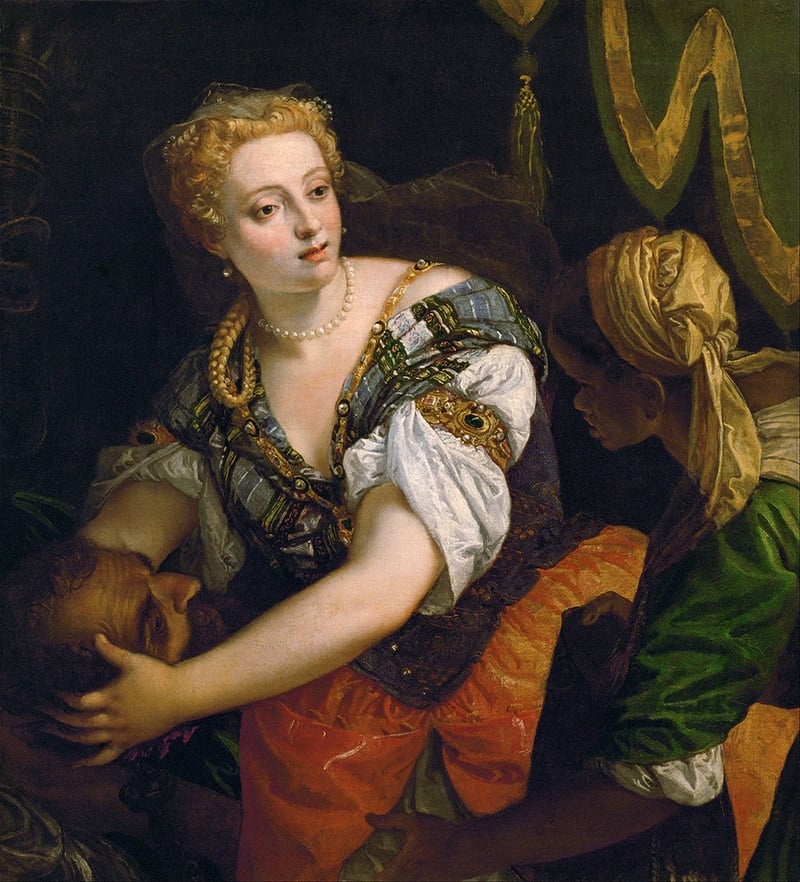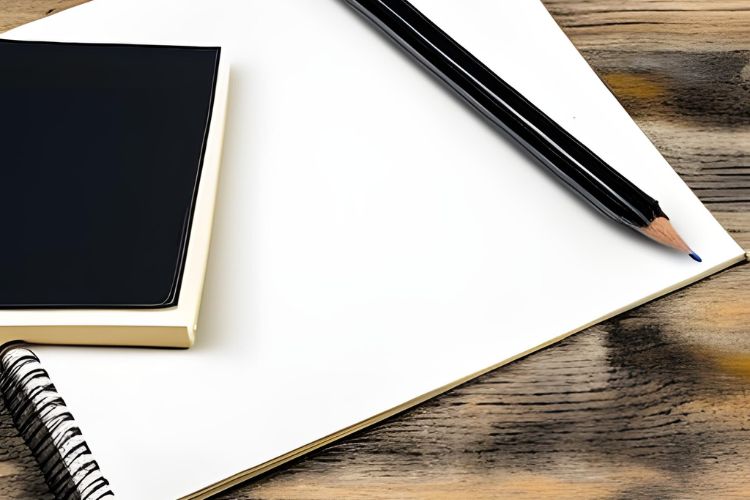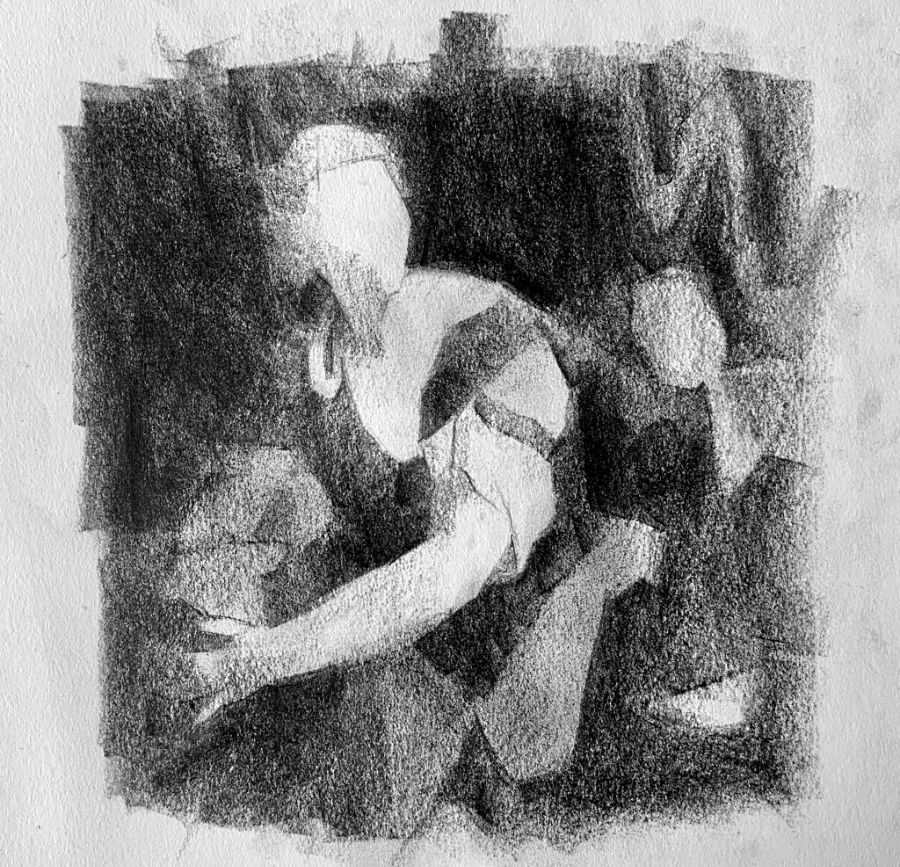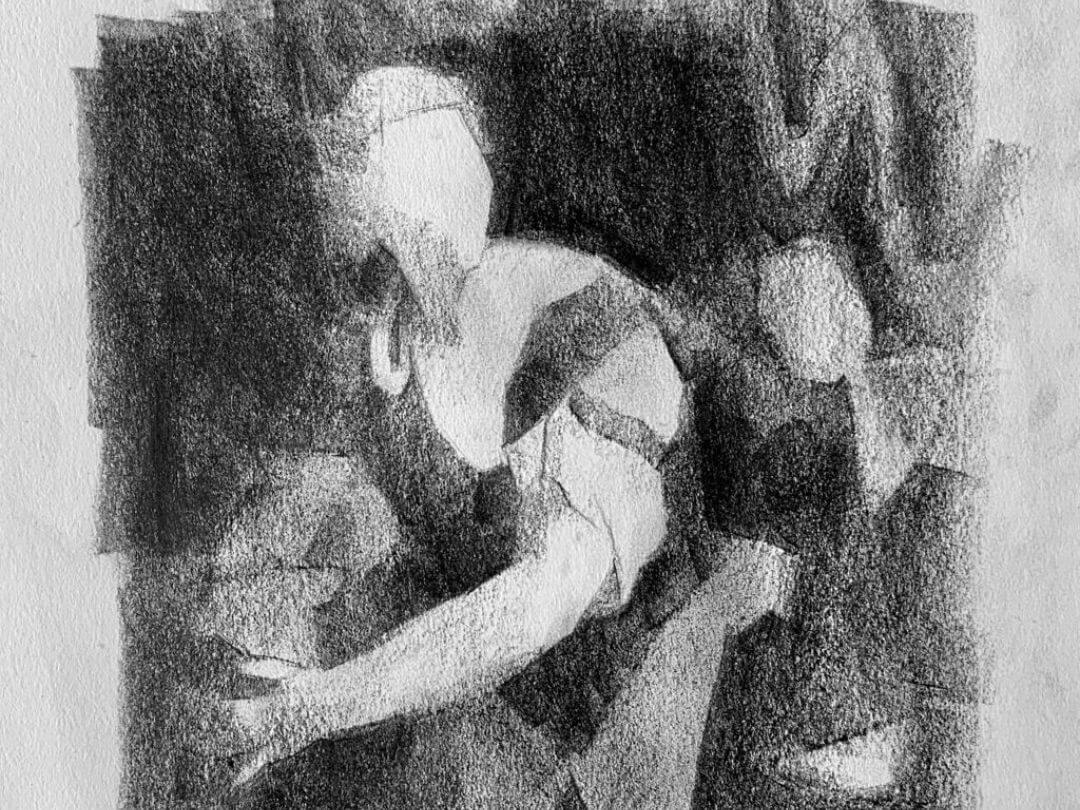Do you want to deepen your understanding of composition and see how the masters do it? Creating a master copy drawing, is one of the most effective ways to explore fundamental design and compositional elements in a piece you admire and better understand different artistic styles.
In this blog post, you will discover how to create a successful master copy drawing so you can begin incorporating these beneficial techniques into your own work!
How to choose the composition of your master copy sketch
For my master copy drawing sketch, I chose Veronese’s ‘Judith with the head of Holofernes’. However, I chose to focus primarily on the woman’s figure. So to capture the ethereal quality of her clothing and the way that the light falls on her face.

When creating a master copy (be it drawing or painting) you don’t have to replicate the piece you are observing. Rather, you can create your own composition from the master reference while keeping the overall feel of the piece.
I love Veronese’s use of color and light in his paintings. So, I wanted to try to replicate that in my drawing.
How to start your composition sketch

Starting out, begin by sketching out a quick outline of your composition. However, in order to make sure that the proportions are accurate. You can use reference marks or a ruler to draw some basic lines.
Tips for Measuring While Drawing
You want to start your drawing by looking to find the structure of the piece. Measuring everything against each other, will help to make sure your drawing’s composition will turn out proportional.

You can see tick marks (in the initial composition sketch above), used to make sure the drawing was lining up. Whatever work you are doing a master copy/ drawing study after. First decide which area you want to start with, and then measure all areas against one another.
Create a light drawing sketch

After you have all your measurements, you can start to create a very light sketch of the overall drawing. This will help you see if everything is in its right place, before going deeper into darker tonal values. If something looks off, now is the time to adjust it!
Start adding in some shading
Now you can start to add in some shading to give your drawing more depth and dimension.

Once you have some structure to your drawing you can start with tone. You do NOT need (in fact I recommend against it) to finish the ‘line’ part of your drawing before going into tone. I say this because, you want to move away from ‘filling in’ values as you draw. Instead, you want to integrate value and tone into the geometric structure of your drawing (along the way). So that line and tone work together simultaneously.

Finish up your master copy drawing!
In the final master copy sketch demonstration example below. You will see that I just slightly make reference to the second figure that’s in the original painting reference. As well, very lightly make reference to the highlight in the fabric drapery in the background.

Again my overall focus (that I chose) for my drawing composition was the figure of the woman herself. As you create your own master copy drawing compositions. You get to decide if you’d like to include more, or less depending on what you’re looking to achieve.
Benefits of creating a drawing study
Doing a master copy drawing study like this one is helpful for many reasons. Not least of which, is that it helps your abilities to measure and study value. In addition, if you approach doing a composition drawing in such a way (as the images above demonstrate). Looking at your drawing in terms of studying its geometric and value structure. You will learn a lot about the composition of the piece and see where the light and dark values are concentrated.
I hope this inspires you to take a look at a piece you find interesting, to create a master copy drawing study of your own!








14 thoughts on “How to Create a Master Copy Drawing (Composition Sketch) Study”
I am new to painting and have lately become fascinated by the beauty of clouds. I will definitely follow your tutorial to draw them with charcoal before I learn to paint them. Thank you so much for the great tutorial!
You are so welcome Eileen! Glad that you will work on them with charcoal before painting. Clouds are really so beautiful and mesmerizing.
Elizabeth, can you help with composition with abstract painting please? Thanks
Hi Elzabe, When creating a composition in an abstract painting you need to consider all of the fundamental elements of painting light and dark, edges, color etc. So, create a strong sense of light in your painting by creating clear values. Also, you want to create good color harmony in the painting. It helps to get inspiration from real life to figure out good color combinations and a strong sense of light. Hope that helps!
מצויין תודה רבה אליזבת היקרה
את מוזמנת מאוד רותי! 🙂
Hi Elisabeth
Again thank you so much for all your excellent advice. I have been drawing for most of my life; I do a lot of measuring in my drawing; this one is a new idea to me and is very welcome thank you. It is in my Pinterest folder to try later. I have not done much portrait drawing so far so look forward to having a go soon.
Many thanks.
Kind regards. Mike
Hello Mike, You are very welcome! I am glad that you look forward to trying this approach.
thank you so much for sharing your talent with us
Hello Rayah – thank you for your kind words, you are very welcome!
Dear Prof. Elisabeth
Thank you for your interesting and important lesson.
It was very easy to me to execute your teachings because they are very pedagogic.
It is very nice from you to spread your knowledge.
Thank you again with my kind regards
Helena Saldanha
Hello Helena, I am happy to know that you enjoyed this lesson! Thank you for sharing that 🙂
What an enlightening way to begin the day!
Lovely weather has me catching up outside with my flowers & veggies.
This excellent— new to me—way of pencil use will make my sitting time more meaningfully restorative!!
And, train me away from too much “filling in” meanlessly.
Thank you, Elisabeth
So lovely to hear from you and am very happy that you enjoyed this article and different way to use the pencil! Thank you for sharing 🙂 Glad to know that you have been able to enjoy some wonderful weather!